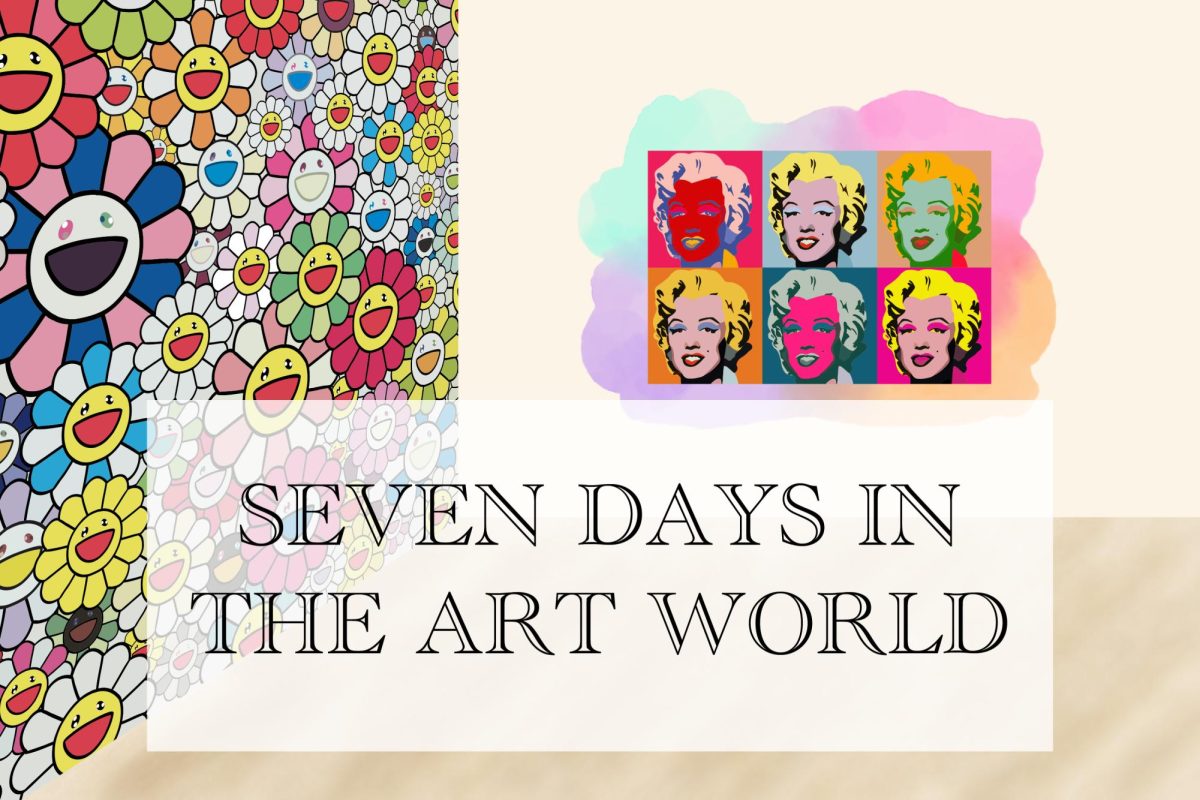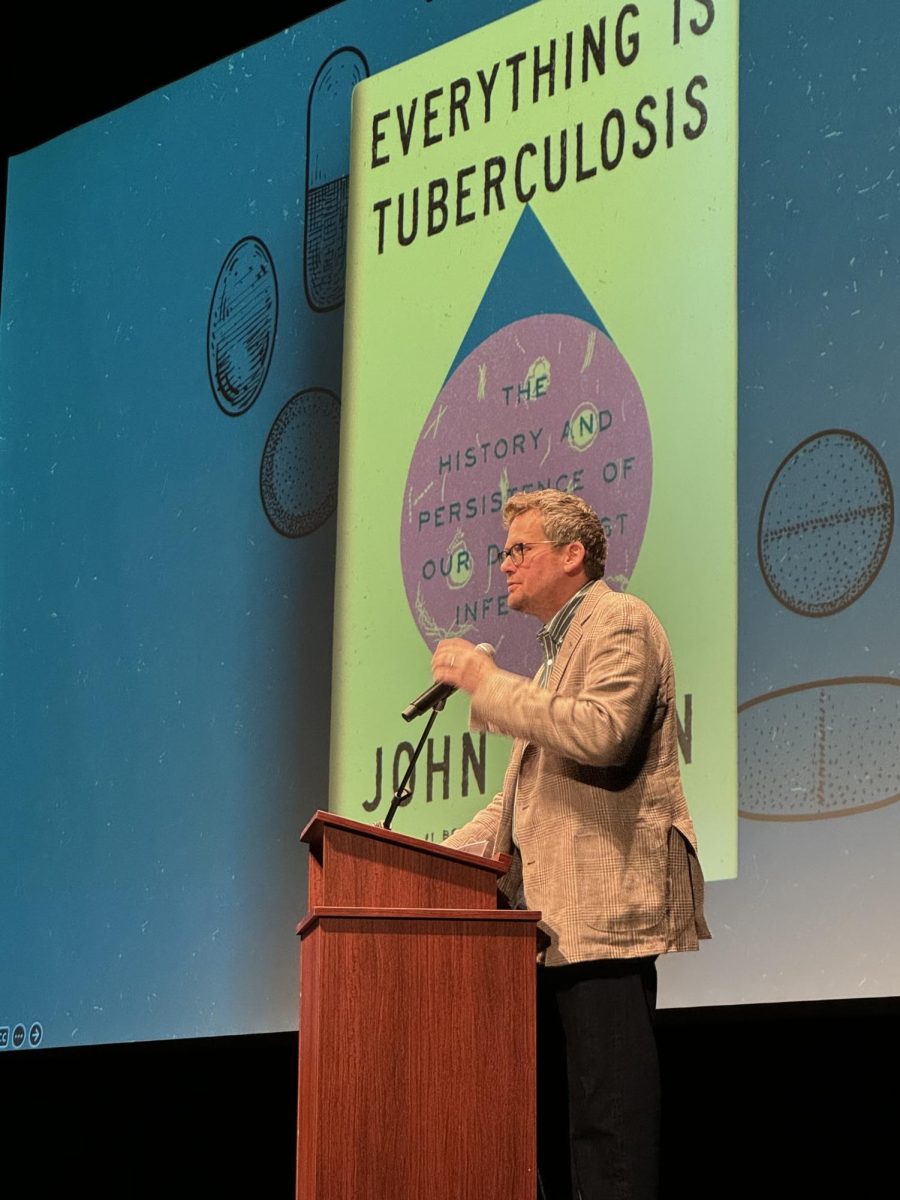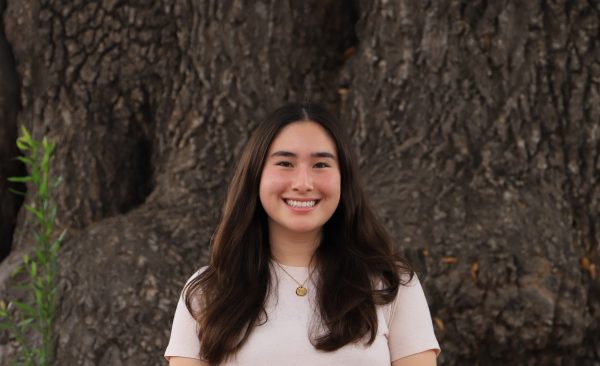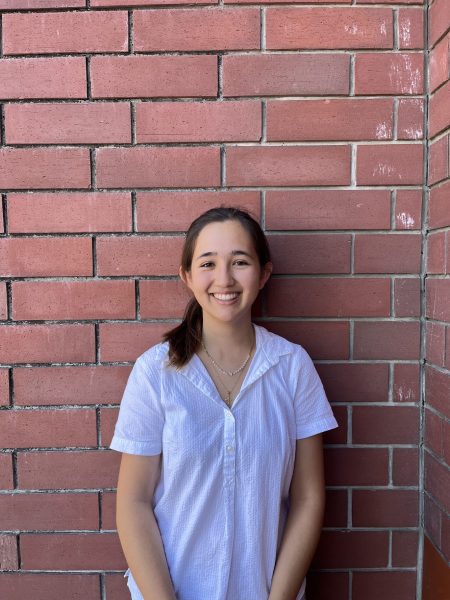Seven Days in the Art World is a book that takes an enthralling inside look into the complex subcultures that make up the vibrant art world. For each chapter, or “day,” Sarah Thornton recounts her experiences attending important functions, visiting offices and studios, and speaking with influential figures. Her journey to learn more about the art world takes her all around the globe, from the modern cities of New York and Tokyo to the idyllic canals of Venice. Thornton shares her insights and knowledge, giving readers a fascinating look behind the scenes of the dynamic art world.
How art is sold:
In “The Auction,” Thornton attends a Christie’s evening auction at the Rockefeller Center in New York, stepping foot into the luxurious lifestyle of the world’s wealthiest art collectors. She watches as people battle to place their bids and acquire a specific “lot,” which is what each work up for an auction is called. In this specific auction, works by Jasper Johns, Andy Warhol, Marlene Dumas, and more are sold to the top one percent for prices ranging from hundreds of thousands of dollars to tens of millions. On the topic of the casual gossip that whirls around the classy event, another art dealer admits to Thornton that most guests are “full of sh*t.”
In “The Fair,” Thornton explores Art Basel, an international swanky art fair held in Switzerland. Art Basel is a multi-day convention where over 200 galleries present the works of their many artists in the hopes of selling their artists’ works. Thornton compares the public (but ticketed) art fair to the exclusive auction. While both events are forms of selling art, she notes that the art fair has a more relaxed and interactive environment. I appreciated how she also described the unenjoyable parts of the fair, stating how crowded and tiring it can be, giving a nuanced perspective.
How art is exhibited:
In “The Biennale,” Thornton takes a trip to Venice to experience the oldest international exhibition of its kind—the Venice Biennale. A biennale is a large art exhibition that takes place every two years. As it only occurs at this interval, being chosen as the curator for the Venice Biennale is an incredible honor and a huge responsibility. Thornton has the opportunity to speak with Robert Storr, the first American-born curator to be chosen, who worked on the Biennale in 2007. Storr describes his role as “‘bring[ing] things to your attention that would not have otherwise come to your attention.’’’ Thornton noted how the environment of the Biennale is both a place to experience art as a “show” and a place to socialize and network.
How art and artists are made:
In “The Crit,” Thornton attends a crit, a seminar where student artists present their work for collective critique, taking place at the California Institute of Arts (CalArts). Here, students focus on the value of artwork with a focus on the intellectual. To these students, the monetary value of artwork is “negligible.” Thornton describes this seminar as “an incubator,” comparing the students to babies who use feedback to (hopefully) transform into artists. She explains the hyper-casual classroom environment as one with beanbags, students bringing their own pillows, grocery store snacks, and dogs who are welcome (as long as they are quiet).
In “The Studio Visit,” she visits the studios of the established, world-famous artist, Takashi Murakami, in Japan. Contrary to the relaxed classroom at CalArts, Thornton describes Murakami’s workspace as “tidy, white-walled, and silent except for the whir of the ventilation and the occasional blow-dryer being used to dry paint.” She highlights the methodical way that Murakami produces artwork, noting how precise he is about specific colors and the way that the paint appears on the canvas. One of my favorite things about this chapter was learning about his “manufacturing model of art production,” as I got to see art is a new way – as something to be mass-produced instead of individually made. Murakami’s business operation is called Kaikai Kiki, and it encompasses his artwork, merchandise, artist management, and much more.
Art in the media and for the public:
In “The Magazine,” Thornton visits the offices of Artforum International, an international art magazine focusing on art criticism and all things art. In “The Prize,” she takes us behind the scenes of the announcement of the Turner Prize winner, a yearly prize given to a British artist by the distinguished Tate Gallery.
In both chapters, Thornton analyzes art as an item for public consumption and debate. While art is an item created by an artist for their individual purposes, she shares her insights into how the public is the deciding factor of who and what becomes “art history.” She notes how Artforum and the Turner Prize (whether a nomination or victory) have the power to impact an artist’s career immensely, in ways that can be positive or negative.
Unsurprisingly, this book has received considerable praise since its publication in 2008. Seven Days in the Art World has been named one of the best art books of the year by the New York Times and the Sunday Times in London. Additionally, it has been translated into 15 languages.
In some ways, reading this book feels as if we are getting to know all the secrets that aren’t supposed to be shared with the general public. Through interviews with professionals and her personal writing style sharing her experiences, Thornton crafts a narrative that is insightful, fascinating, and a must-read for those curious about the art world.







































































